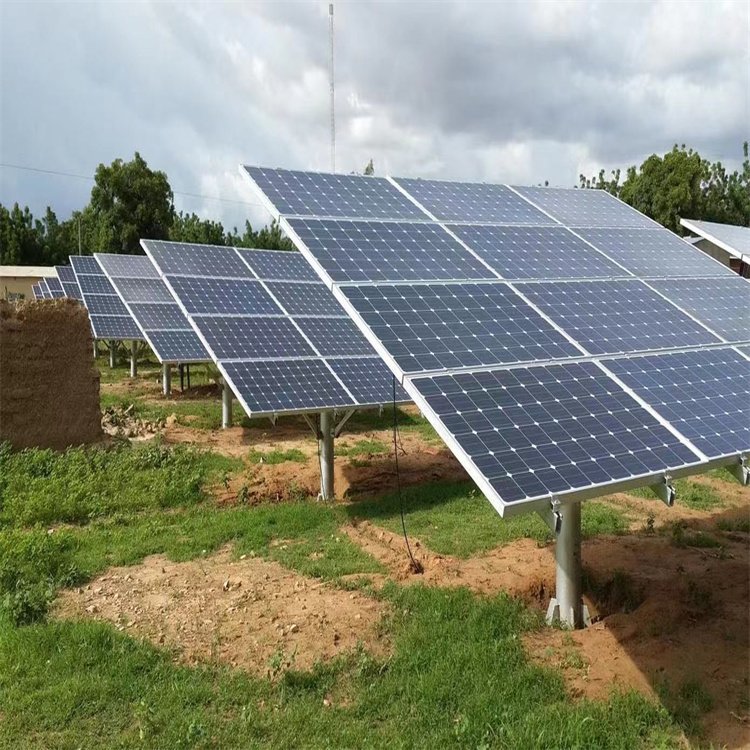The Ultimate Guide to Solar PV Mounting Systems: Types, Benefits, and Installation Tips
The Ultimate Guide to Solar PV Mounting Systems: Types, Benefits, and Installation Tips
Understanding Solar PV Mounting Systems: What are They and How Do They Work?
Solar PV mounting systems are crucial components of a solar panel installation. They provide the necessary support and orientation for solar panels to capture sunlight efficiently.
There are various types of solar panel mounting systems, including roof-mounted, ground-mounted, and tracking systems. Each type has its own advantages and is chosen based on factors such as available space, sun exposure, and installation cost.
The PV panel mounting structure typically consists of rails, clamps, and brackets that securely hold the solar panels in place. These structures are designed to withstand various weather conditions while optimizing the angle at which the panels receive sunlight for maximum energy production.
Understanding how solar PV mounting systems work is essential for ensuring a successful and efficient solar panel installation that can harness renewable energy effectively.

Types of Solar PV Mounting Systems: Ground-Mounted vs. Roof-Mounted
When considering solar PV systems, two common options for mounting are ground-mounted and roof-mounted systems. Ground mount solar racking systems are installed on the ground, typically in open areas or fields. They offer flexibility in positioning and can be adjusted for optimal sun exposure.
On the other hand, roof mount solar PV systems are installed on rooftops of buildings or structures. They make efficient use of space and can be a great option for those with limited land area.
Solar panel ground mount kits provide a convenient solution for setting up ground-mounted systems, offering easy installation and stability.
Understanding the differences between these mounting options can help individuals and businesses choose the most suitable system based on their specific needs and preferences.
The Advantages of Using a Solar PV Mounting System for Your Renewable Energy Setup
Solar PV mounting systems play a crucial role in maximizing the efficiency of solar energy production. By securely holding solar panels in place, these structures ensure optimal sunlight exposure for better energy generation.
The benefits of using a solar mounting structure are manifold. They provide stability and protection to the solar panels, enhancing their longevity and performance. Additionally, roof-mounted solar panels offer space-saving solutions, making them ideal for residential and commercial setups with limited space availability.
Furthermore, the advantages of using solar mounts extend to cost savings through increased energy efficiency and reduced maintenance requirements. By harnessing the power of renewable energy efficiently, users can enjoy long-term financial benefits while contributing to a sustainable future.
Key Components and Features to Look for in a High-Quality Solar PV Mounting System
When evaluating a solar PV mounting system, it's crucial to consider key components and features that ensure optimal performance and longevity. High-quality solar panel mounting hardware should include durable materials such as aluminum or stainless steel to withstand harsh weather conditions.
The best solar panel mounts feature adjustable tilt angles for maximum sunlight exposure throughout the day, enhancing energy production efficiency. Additionally, photovoltaic mounting systems components like rail systems, clamps, and fasteners play a critical role in securely attaching solar panels to the structure.
Look for features such as corrosion resistance, ease of installation, compatibility with various roof types, and certifications like UL listing to ensure that you invest in a reliable and long-lasting solar PV mounting system.
Installation Guidelines for Properly Setting Up Your Solar PV Mounting System
When it comes to setting up your solar PV mounting system, following proper installation guidelines is crucial for optimal performance. This includes understanding the step-by-step process of installing ground-mounted solar panels and adhering to PV module installation instructions.
To ensure a successful installation, it is essential to familiarize yourself with the solar panel installation guide provided by the manufacturer. This guide typically includes detailed instructions on how to properly mount the PV modules, connect wiring, and secure the system in place.
For ground-mounted solar panels, each step of the installation process plays a critical role in ensuring stability and efficiency. From preparing the site and laying out the mounting structure to securing the panels in place and connecting them to the electrical system, following a systematic approach is key.
By following these installation guidelines diligently and seeking professional assistance when needed, you can set up your solar PV mounting system effectively and harness renewable energy efficiently for years to come.



